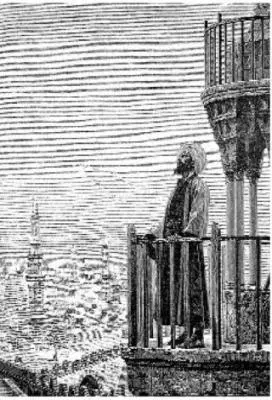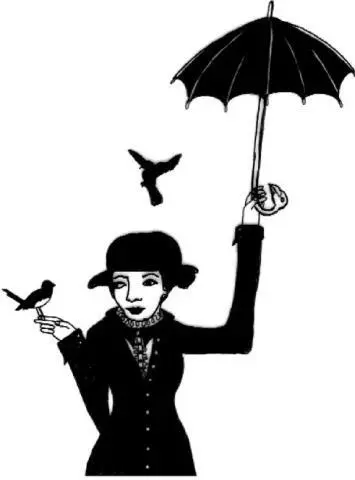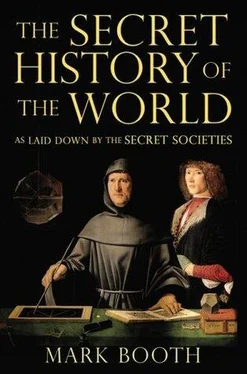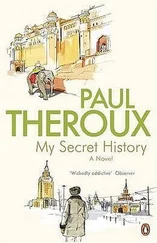At thirty-seven years old, now a young university professor, Rumi was adored by his students. One day he was riding his horse, followed by his students, when he was accosted by a dervish. Shamsi Tabriz had made a name for himself, insulting sheiks and holy men, because he would be guided by nothing but God — which made him unpredictable and sometimes an overwhelming, even shattering presence.
The two men embraced and went to live in a cell together, where they meditated for three months. Each saw what he had been searching for in the eyes of the other.
But Rumi’s students grew so jealous that one day they ambushed Shamsi and stabbed him to death.
Devastated, Rumi wept and wailed and grew thin. He was desolate. Then one day he was walking down the street, past a goldsmith’s shop, where he heard the rhythmic beat of a hammer upon gold. Rumi began repeating the name of Allah and then suddenly began to whirl in ecstasy.
This is how the Mellevi, or whirling dervish order of Sufis, was born.
The magnificent civilization of the Arabs both fascinated and horrified medieval Europe. Travellers returned with tales of life at court, of hundreds of lions on leashes, of a lake of mercury on which lay a leather bed, inflated with air and fastened by silk bands to four silver columns at the corners. The most common report was of a miraculous mechanical garden made out of precious metals and containing mechanical birds that flew and sang. In the middle of it stood a great golden tree bearing fruit made out of astonishingly large precious stones and representing the planets.
To many these prodigies seemed necromantic. They existed on the border between magic and science. A partial explanation at least may lie in the discovery made in Baghdad in 1936. A German archaeologist called William Koenig was excavating palace drains when he discovered what he identified immediately as a primitive electric battery. It dated back as least as far as the early Middle Ages. When a colleague created a replica, she found she was able to generate an electric current with it that coated a silver figurine with gold in under half an hour.
IN 802 HAROUN AL RASCHID SENT THE Holy Roman Emperor, Charlemagne, a gift of silks, brass candelabras, perfume and ivory chessmen. He sent, too, an elephant and a water clock that marked the hours by dropping bronze balls into a bowl and little mechanical knights that emerged from little doors. It was a gift intended to impress upon Charlemagne the superiority of Arabian science — and the reach of its empire.
If it hadn’t been for three generations of Frankish kings, Charles Martel, Pepin and Charlemagne, Islam might have wiped Christianity off the face of the earth.
Born in 742, Charlemagne inherited the spear of Longinus, used to pierce the side of Jesus Christ on the cross. Charlemagne lived and slept with the spear, believing it gave him powers to foresee the future and forge his own destiny. In the first decade of the ninth century he won victories against the Muslims. He wielded his sacred sword Joyeuse to keep them from invading northern Spain and to protect, too, the route of the pilgrimage to St James of Compostela.

The call to prayer. A great impulse of upside-down, other-way-round thinking entered the world through Sufism. ‘The Truth is also seeking the Seeker.’

P.L. Travers, creator of Mary Poppins, was a disciple of the twentieth-century master G.I. Gurdjieff, who was influenced both by the Sufis and Tibetan Lamas. The character of Poppins — in the books rather than in the more sentimental film — is that of a Sufi adept, disconcerting in the way she is able to turn the world inside out and upside down and bend the laws of nature.
Charlemagne had an imposing physical presence. Some seven foot tall with blazing blue eyes, he was a man of simple, moderate habits, yet he managed to impose his will on the course of history. Not only did his vision of Fortress Europe maintain a Christian sense of identity in the face of Islamic invasion, but he also moved to protect his people against corrupt and tyrannical nobles.
It is from the writings of one of the great magi of the Renaissance, Trithemius, Abbot of Sponheim, that we learn the strange story of the Holy Vehm, or Secret Tribunal of Free Judges, founded by Charlemagne in 770 with secret ciphers and signs to exclude the uninitiated. Sometimes known as the Secret Soldiers of Light, masked men would nail a summons to the gates of a castle whose owner thought he could live above the law. Some nobles disobeyed the summons. They would try to protect themselves with bodyguards, but inevitably they would be found stabbed to death with the characteristic cruciform dagger of the Holy Vehm.
A noble who chose to obey the summons would arrive late at night alone at the designated place, sometimes a lonely crossroads. Masked men would appear and place a hood on his head, before leading him off to be interrogated. At midnight the hood would be removed and the nobleman would find himself perhaps in a vast underground vault, facing the Free Judges, masked and dressed in black. Sentence would be passed.
This secret society is not obviously esoteric or arcane in its philosophy, but the vault motif points to legends of Charlemagne’s underground initiation.
The Enchiridion of Pope Leo was a book of spells, including protection against poison, fire, storm and wild beasts, which emerged into exoteric history in the early sixteenth century, but was said to have been worn at all times by Charlemagne, who carried it tied to his person in a little leather bag. One note of authenticity in this story is that the first chapter of St John’s Gospel was included in the Enchiridion as its most powerful spell. These verses are still used in this way by practising esotericists.
More solid evidence of Charlemagne’s initiatic way of thinking can be seen today in the Aachen chapel. Added to Charlemagne’s palace, it was the largest building in the world north of the Alps. Its octagonal shape looks forward to the walls that will surround the New Jerusalem, according to the esoteric numerology of the Revelation of St John. Entry is by the Wolf Door — named after the legendary wolf who tricked the Devil out of possession of the chapel. The visitor looks up to the first-floor gallery to see the imposing throne of the Holy Roman Emperor, made from simple slabs of white marble. In the centre of the chapel a solid gold casket contains Charlemagne’s bones. Above it ‘the Crown of Lights’, a gigantic wheel-shaped chandelier, hangs like a crown chakra ablaze.
Charlemagne’s achievements include his bringing together of the great scholars of Christendom in an attempt to rival the court of Haroun al Raschid. The greatest scholar was perhaps Alcuin of York.
This British connection is significant in the secret history. The spirit of King Arthur lives and breathes in the history of Charlemagne. He is a defender of the faith who keeps pagans at bay with the help of a weapon that confers invincibility and of a circle of faithful knights, or paladins as they are known in the case of Charlemagne.
We have seen that the original King Arthur lived in the Iron Age, a champion of the Sun god at a time of encroaching darkness. The stories of the Grail which were added to the canon at the time of Charlemagne are based on historical events.
You might assume that the story of Parsifal is an allegory, but in the secret history he was a man of flesh and blood, a reincarnation of Mani, the third-century founder of Manichaeism. Though he did not know it, he was the nephew of one of Charlemagne’s paladins, William of Orange, who fought in a battle against the Saracens at Carcassonne in 783. This battle cost the Muslims so dearly that they withdrew from France to Spain.
Читать дальше














